Name Gerald Murnane Role Writer | ||
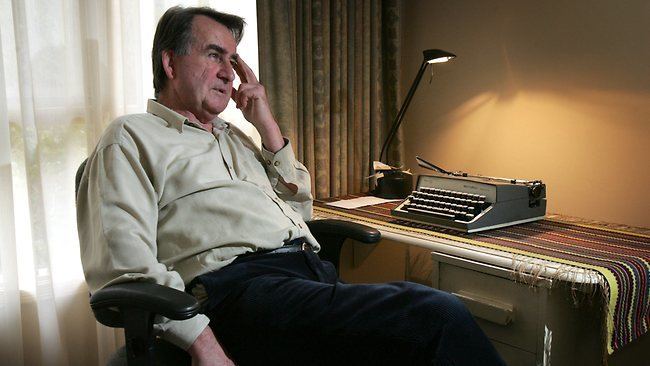 | ||
Movies Words and Silk: The Imaginary and Real Worlds of Gerald Murane People also search for John Hanrahan, Philip Tyndall, Catherine Birmingham, John Cruthers Books Barley Patch, The plains, A Million Windows, Tamarisk row, A lifetime on clouds | ||
Gerald murnane the writing room
Gerald Murnane (born 25 February 1939) is an Australian writer, perhaps best known for his novel The Plains.
Contents
- Gerald murnane the writing room
- Gerald murnane melbourne prize for literature 2009 winner
- Life
- Work
- Interests
- Awards
- Books
- References
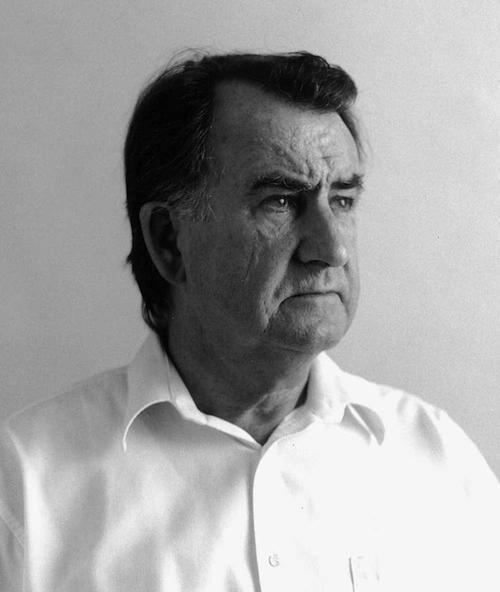
Gerald murnane melbourne prize for literature 2009 winner
Life
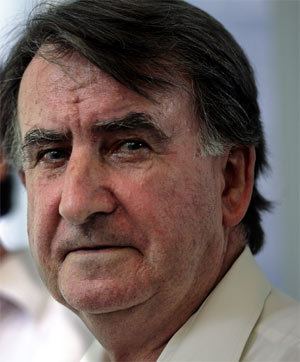
Murnane was born in Coburg, Victoria, a suburb of Melbourne, and has almost never left the state of Victoria. Parts of his childhood were spent in Bendigo and the Western District. In 1956 he matriculated from De La Salle College Malvern.
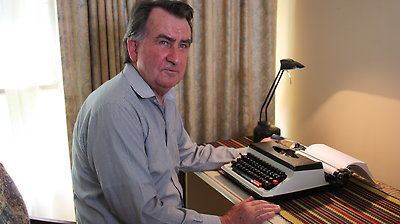
Murnane briefly trained for the Roman Catholic priesthood in 1957. He abandoned this path, however, instead becoming a teacher in primary schools (from 1960 to 1968), and at the Victoria Racing Club's Apprentice Jockeys' School. He received a Bachelor of Arts from the University of Melbourne in 1969, then worked in the Victorian Education Department until 1973. From 1980 he began to teach creative writing at various tertiary institutions.
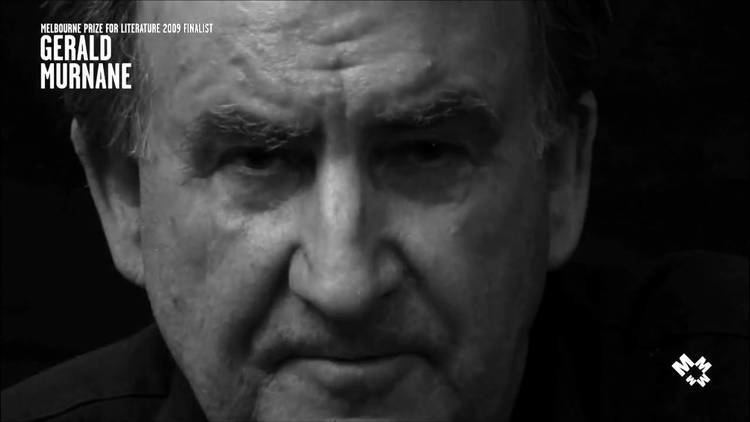
In 1969 Murnane moved to the Melbourne suburb of Macleod. After the death of his wife in 2009 Murnane moved to Goroke in country Victoria, where he is involved in amateur yabby judging.
He married in 1966 and has three sons.
Work
Murnane's first two books, Tamarisk Row (1974) and A Lifetime on Clouds (1976), seem to be semi-autobiographical accounts of his childhood and adolescence. Both are composed largely of very long but grammatical sentences.
In 1982, he attained his mature style with The Plains, a short novel about an unnamed filmmaker who travels to "inner Australia", where he endeavours to film the plains under the patronage of wealthy landowners. The novel has been termed a fable, parable or allegory. The novel is both a metaphysical parable about appearance and reality, and a parodic examination of traditions and cultural horizons. It has been suggested that the book's opening has the narrator expressing an outlook that is typical to Murnane's writing:
Twenty years ago, when I first arrived on the plains, I kept my eyes open. I looked for anything in the landscape that seemed to hint at some elaborate meaning behind appearances.
My journey to the plains was much less arduous than I afterwards described it. And I cannot even say that at a certain hour I knew I had left Australia. But I recall clearly a succession of days when the flat land around me seemed more and more a place that only I could interpret.
The Plains was followed by: Landscape With Landscape (1985), Inland (1988), Velvet Waters (1990), and Emerald Blue (1995). A book of essays, Invisible Yet Enduring Lilacs, appeared in 2005. These books are all concerned with the relation between memory, image, and landscape, and frequently with the relation between fiction and non-fiction.
2009 saw the release of Murnane's first work of fiction in over a decade, Barley Patch, which was followed by A History of Books in 2012 and A Million Windows in 2014. Will Heyward, in a review of A Million Windows for Music & Literature, suggests that these three latter works may be seen as a single, continuous project, containing "a form of fiction defined by a fragmentary style that avoids plot and characterization, and is instead narrated by association and the fugue-like repetition and variation of images."
Although Murnane is primarily known within Australia, he does have a following in other countries, especially Sweden. His works have been translated into Italian (Velvet Waters as Una Melodia) and Swedish (Inland as Inlandet, The Plains as Slätterna, Velvet Waters as Sammetsvatten and Barley Patch as Korntäppa).
Interests
Murnane is an avid follower of horse racing, which often serves as a metaphor in his work. A documentary, Words and Silk – The Real and Imaginary Worlds of Gerald Murnane (1989), directed by Philip Tyndall, examined Murnane's childhood, work, approach to the craft of writing, and interest in horse-racing. Since his retirement to Goroke, Murnane has been a regular golfer at the Goroke Golf Course where he is the current par 3 champion and also manages the bar.
He taught himself Hungarian after having read Gyula Illyés' People of the Puszta, as described in the essay The Angel's Son: Why I Learned Hungarian Late in Life:
I have read several times during my life that this or that person was so impressed by this or that translation of this or that work of literature that the person afterwards learned the original language in order to read the original text. I have always been suspicious of this sort of claim, but, the reader of this piece of writing need not doubt the truth of the following sentence. I was so impressed by the English version of Puszták népe that I afterwards learned the language of the original and, as of now, have read a goodly part of it.
